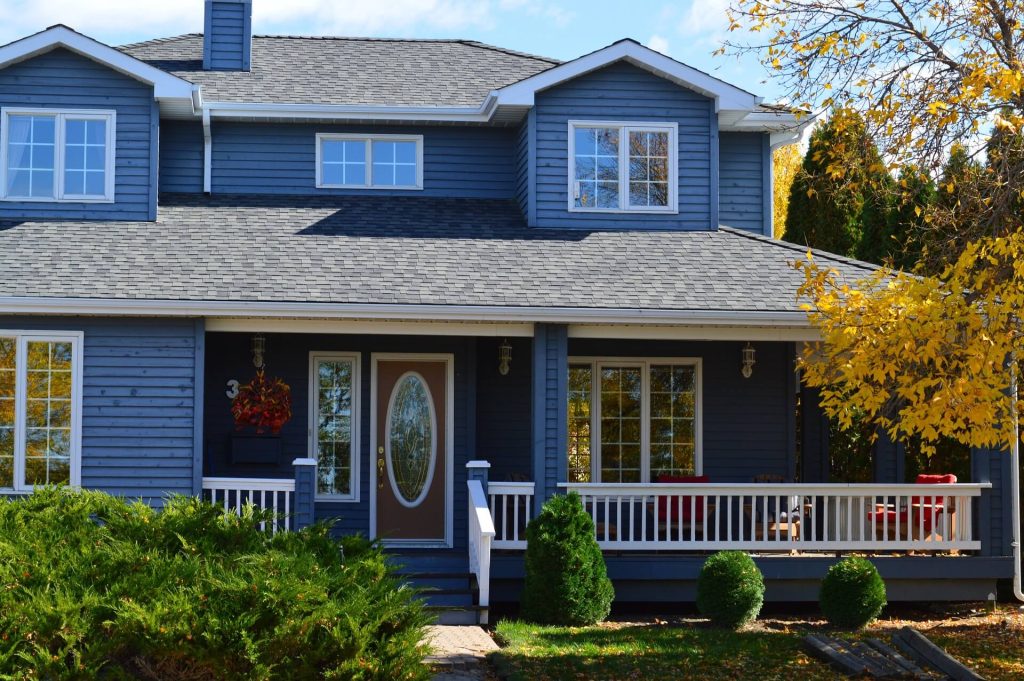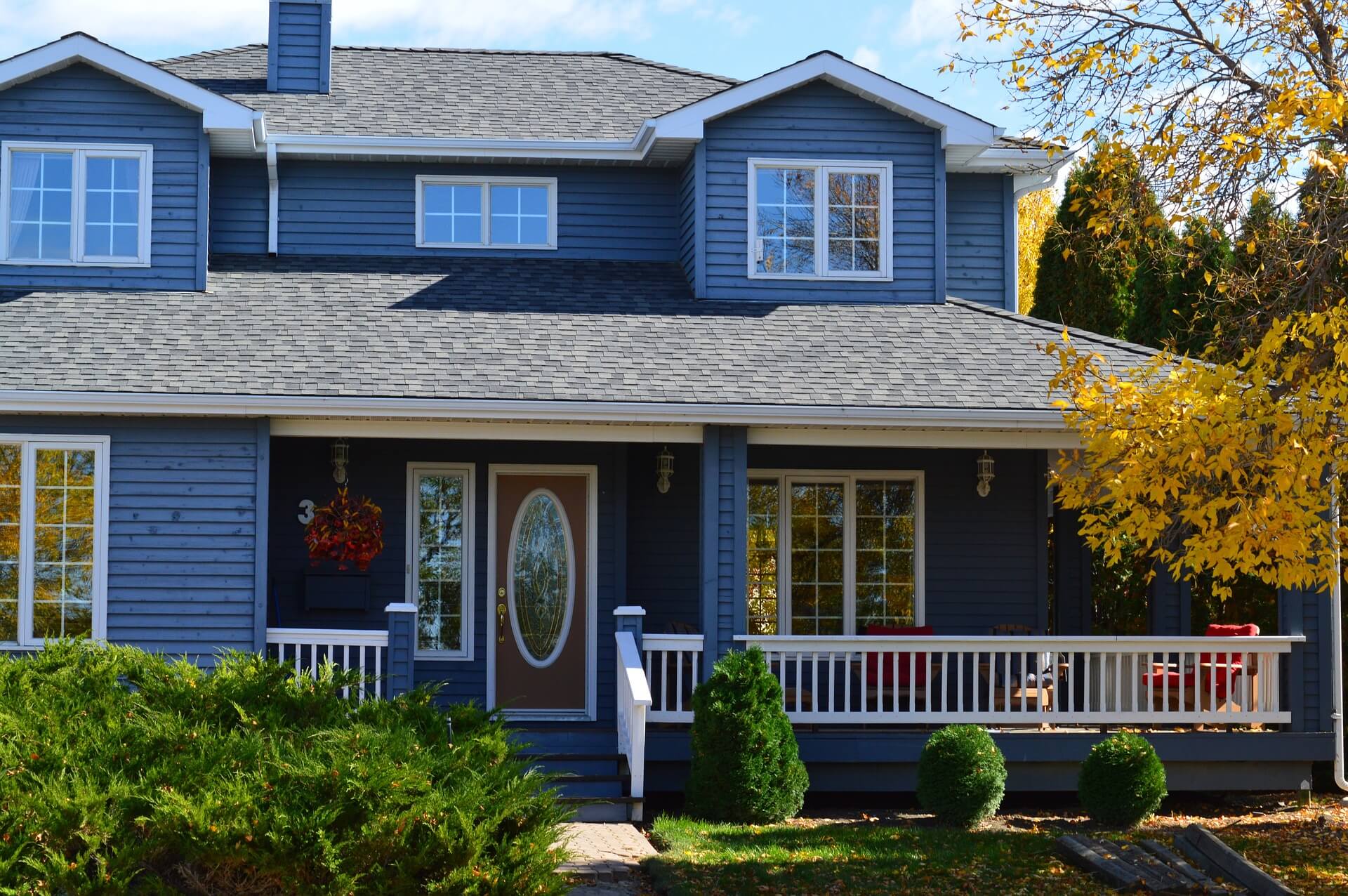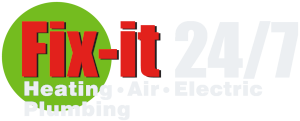What Is the Stack Effect? How Does It Affect You?

Today, we’ll be discussing a building science term called the stack effect. While you may not have heard of this before, it is at work 24/7, constantly churning the air within a building. It’s kind of a big deal, especially for taller buildings.
What Is the Stack Effect (aka Chimney Effect)?
The stack effect, also known as the chimney effect, is mostly affected by the height of the building and the temperature difference between the inside and outside environments. Therefore, stack effect tends to be more pronounced in taller buildings and during extreme temperatures. Small houses don’t feel much of an effect, but as long as there is some height and a considerable temperature difference, the stack effect will be at work.
As we all know, warm air rises. In the winter, hot air will rise to the top of the building and try to escape out of any leaks or holes. The rising air will create pressure at the top part of the building and try to suck in air through the bottom.
As the hot air escapes, cold air enters the home through gaps and cracks around your basement and lower levels. This creates a convective loop.
Reverse Stack Effect
In the summer, the reverse occurs—warm air enters through the upper levels of the home and cold air escapes out of the base.
Since the air-conditioned air is a lot colder than the air outside, it tends to fall inside the building. The pressure of the colder, less dense air rushing toward the bottom of the building causes hot air to get drawn into the home near the top.
So, in the winter, warm air rushes out of the top of the home and sucks in cold air at the bottom. In the summer, since the cold air inside is a lot less dense than the hot air outside, the air inside the home rushes toward the bottom portion, causing air to get sucked in at the top. Air pressures are always the greatest at the top and bottom.
Either way, your expensive conditioned air is leaking out of the home through the cracks. And remember, the greater the temperature difference and the taller the building, the more pronounced the stack effect.
How to Reduce the Stack/Chimney Effect
The stack effect is a very important issue when designing high-rise buildings. Some common solutions for reducing the stack effect in tall buildings are revolving doors, vestibules on elevators, vestibule-type entries, and compartmentalization designs.
With all of these solutions, the idea is to separate the indoor air from the outdoor air to reduce indoor/outdoor pressure difference. These stack effect solutions, however, are not very helpful when dealing with residential homes since the stack effect pressures aren’t as high.
In order to minimize the stack effect at home, it’s a good idea to seal all of the gaps, cracks, and holes in the top and bottom of the home, including holes in the ceiling, such as lights and soffits.
Attic and basement air leaks make the stack effect a lot worse. Take the time to seal basement air leaks and attic air leaks and improve insulation. This should help stop the stack effect at home, saving you money and energy while increasing indoor comfort.
Common Household Air Leaks
- Behind Kneewalls
- Attic Hatch
- Wiring Holes
- Plumbing Vent
- Open Soffit (hides recessed lights)
- Recessed Light
- Furnace Flue or Duct Chaseways
- Basement Rim Joists
- Window and Doors
When to Contact a Professional Contractor
- Wet or damp insulation, which may indicate a leaking roof
- Moldy or rotting attic rafters or floor joists
- Exhaust vents exhaust humid air into the attic space instead of outdoors
- Ice dams around the perimeter of your roof
- Little or no attic or basement insulation
- Knob and tube wiring, which can be a major fire hazard
- Unsealed and/or uninsulated recessed “can” lights
If you make any significant air sealing or insulation improvements, it’s important to contact a professional HVAC contractor to make sure you have the proper ventilation levels. Homes that are too tight can cause major health, safety, and indoor air quality issues.
For professional heating, air conditioning, ventilation, plumbing, and electrical solutions, contact the on-time experts at Fix-It 24/7.
Service You Can Count On
We came from humble beginnings, having started as just a small family
business. And while we’ve experienced growth, Fix-It 24/7






